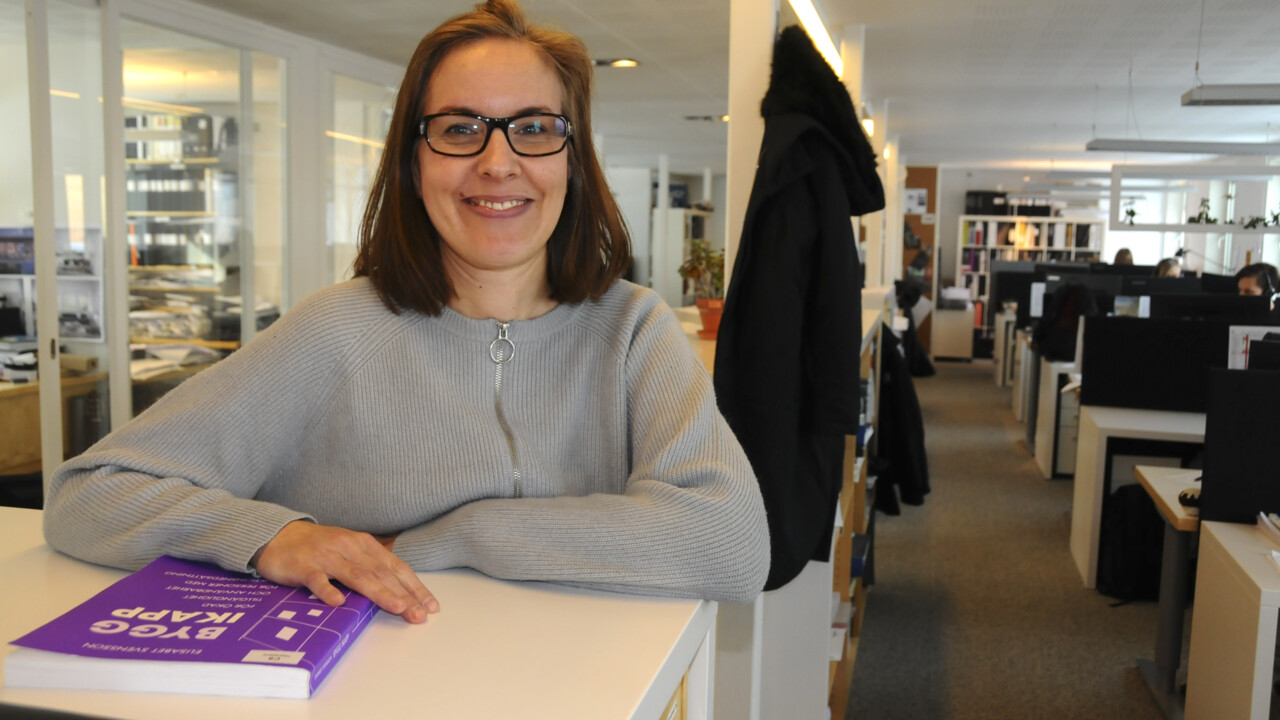ABOUT Nina Larsson
Age: 39 years.
Comes from: Vännäsby.
Lives: in an apartment at Haga in Umeå.
Family: partner and two children, 9 and 14 years old.
Education: Architect programme at Umeå University, graduated in 2017.
Works: as an architect at TM Konsult in Umeå.
Does in her free time: spends time with family and friends, likes to be out in nature, going to concerts, opera, theater and other cultural events.
Umeå in 3 words: Music. Commitment. Close.
What I will do in ten years: be working as an architect, but also as a teacher of architecture.


